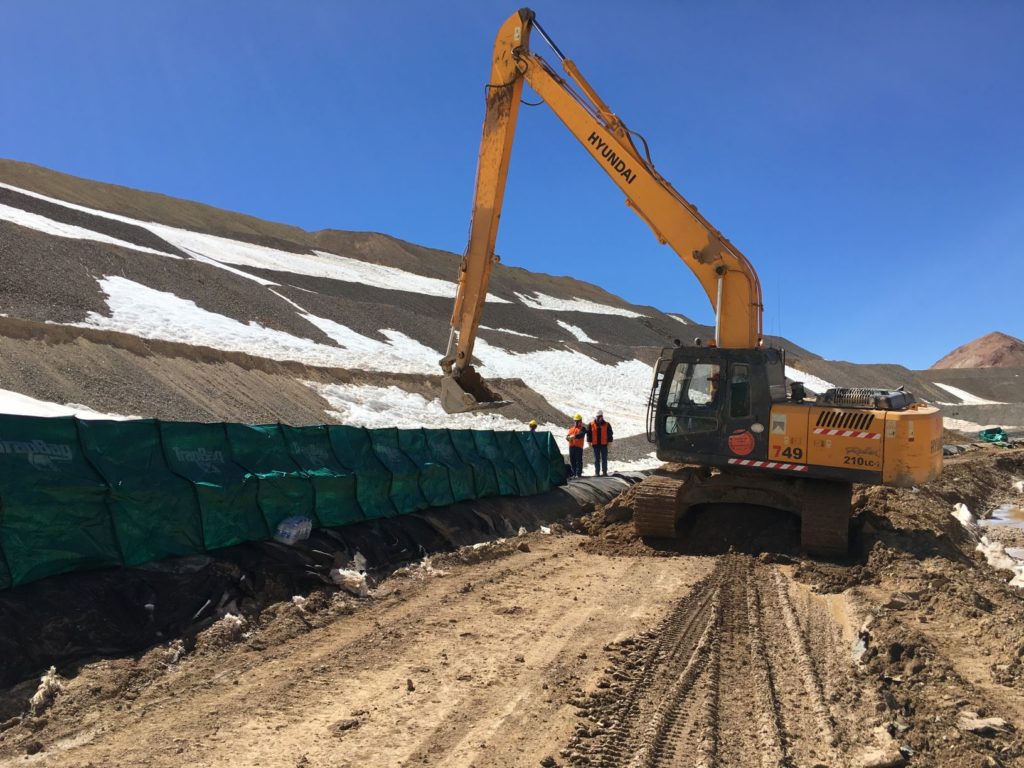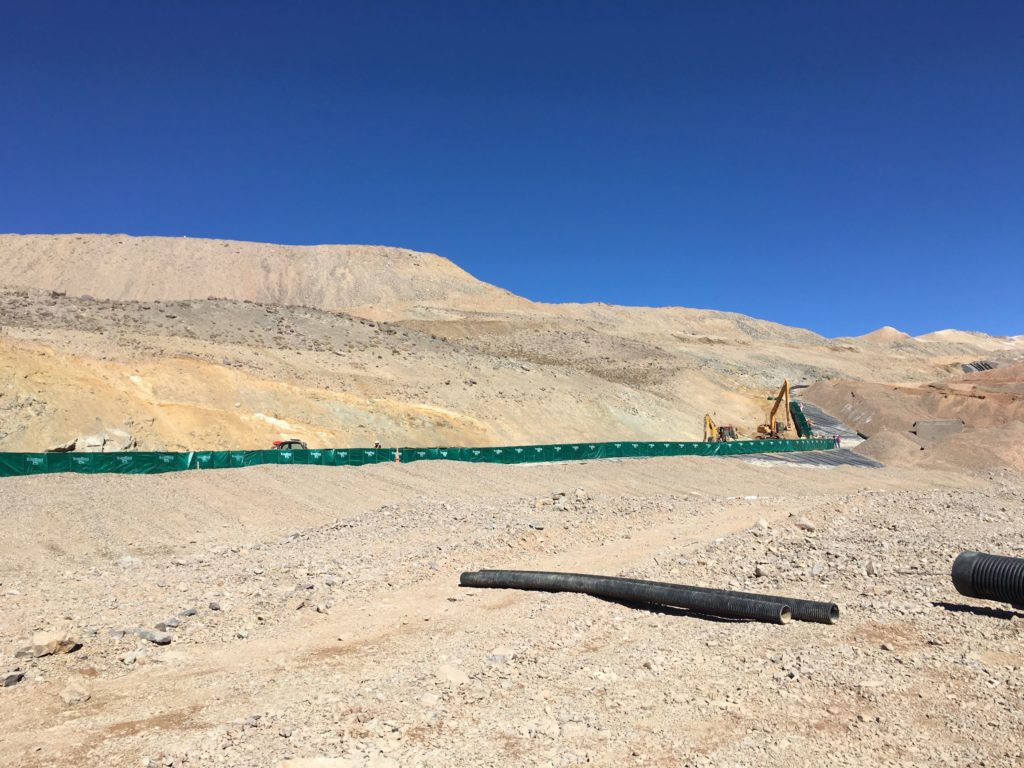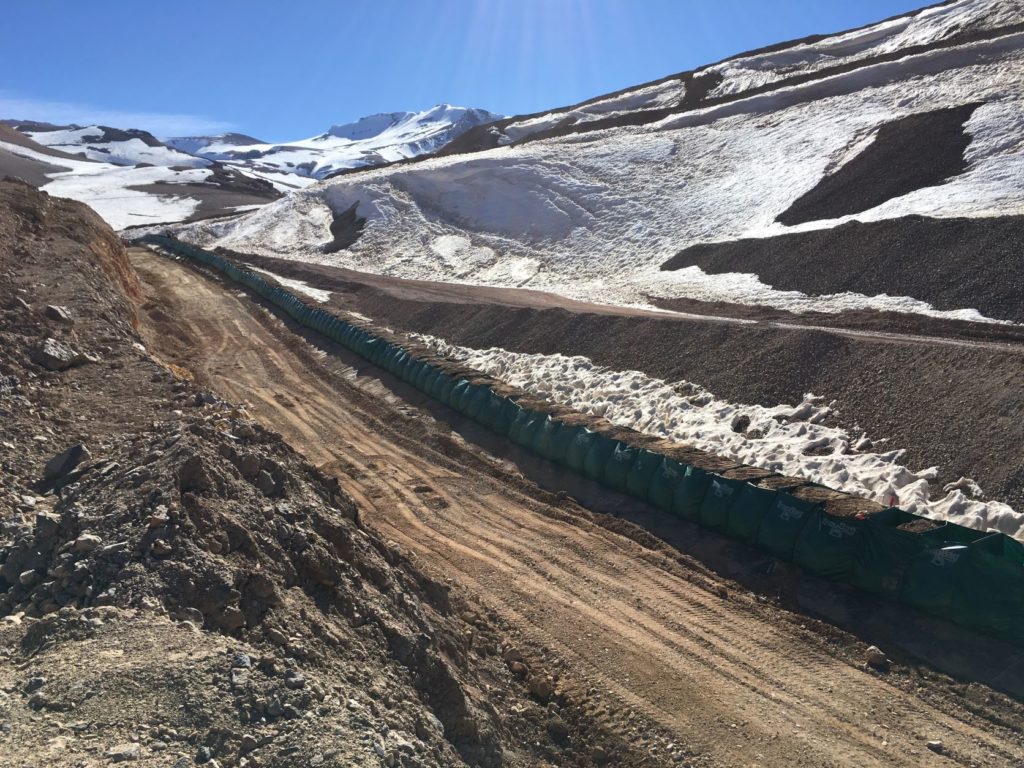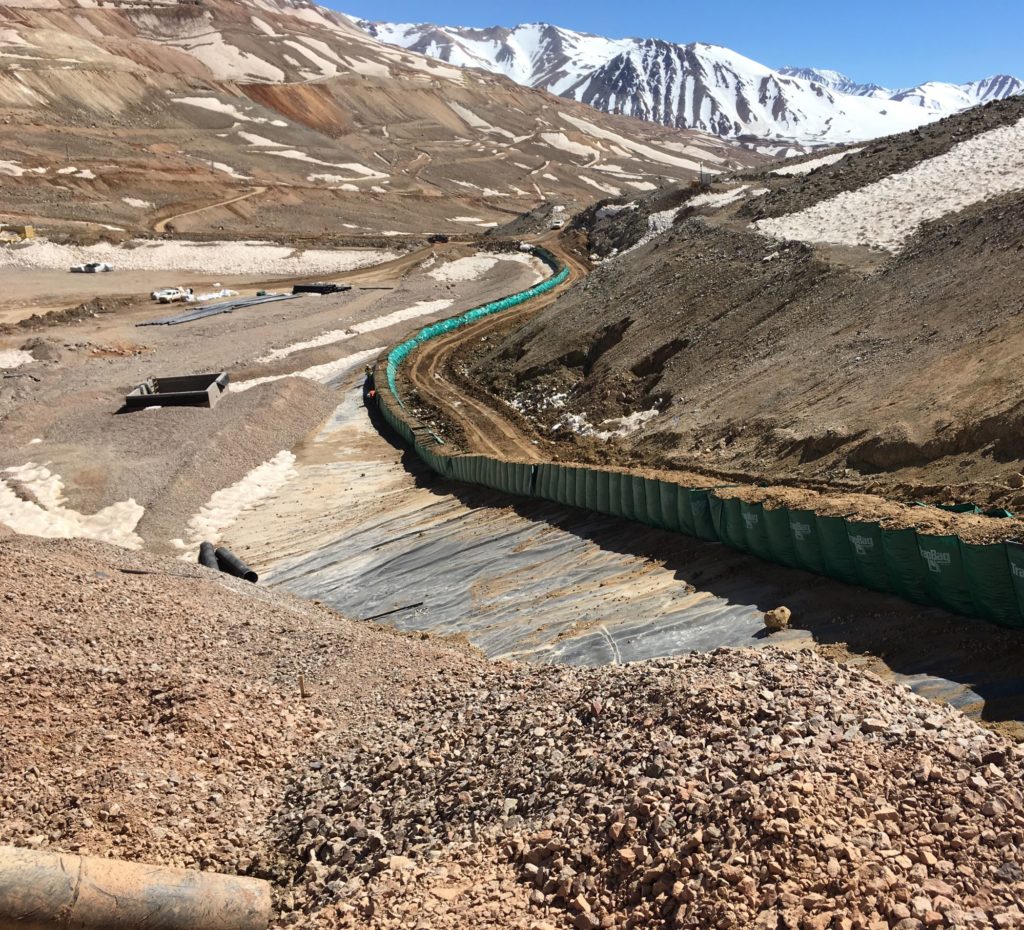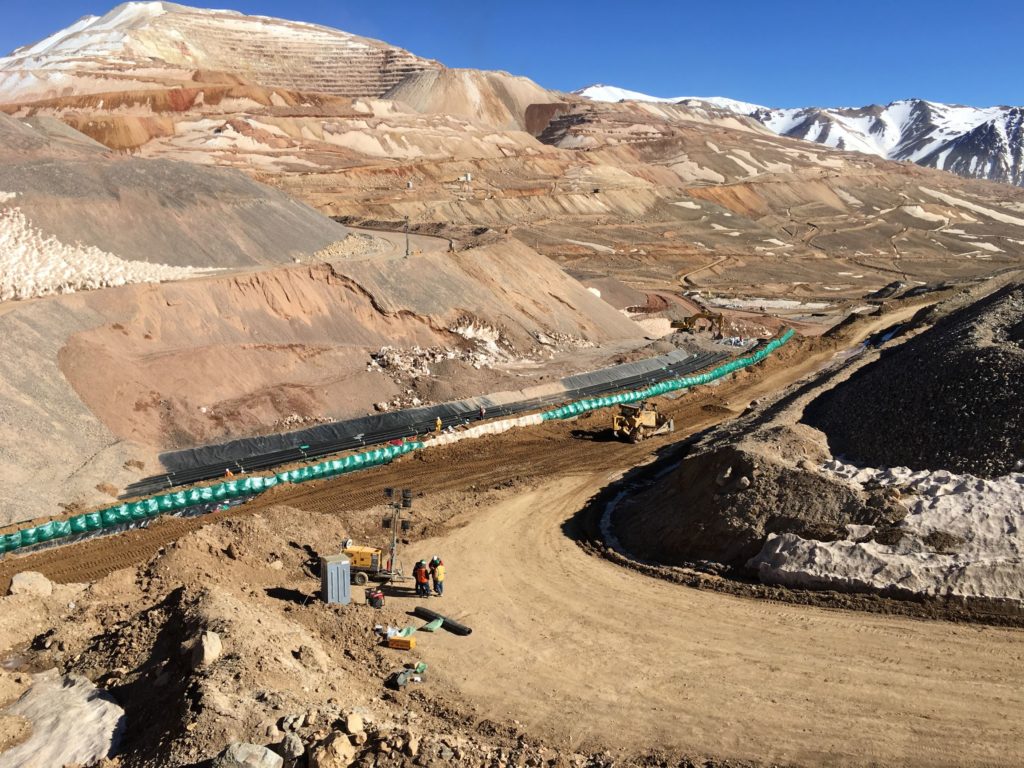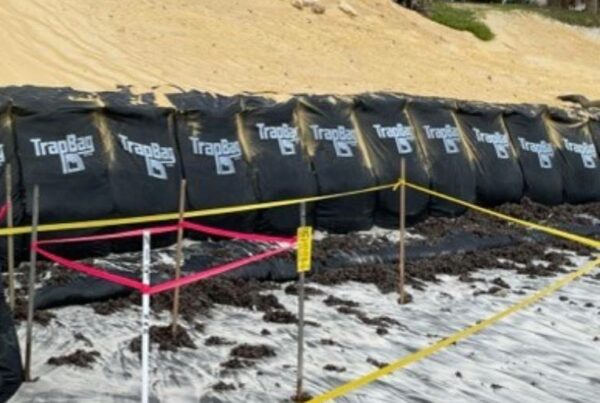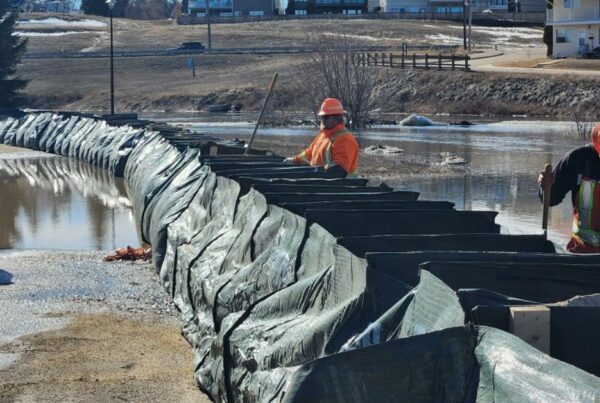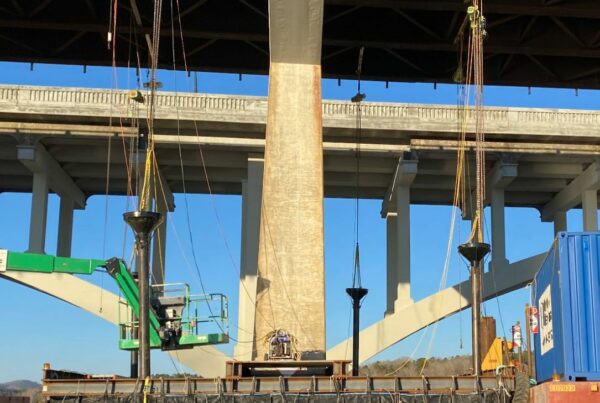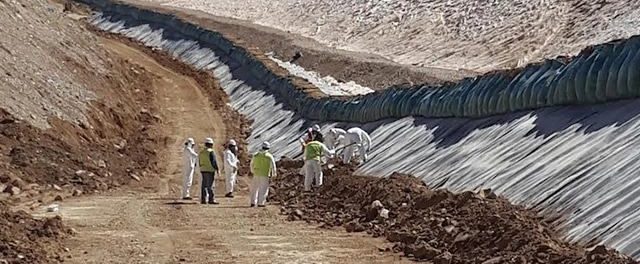What Is Spill Containment & Control?
Spill containment and control, also known as spill prevention and spill response, refers to the methods used to trap chemicals in the event of a toxic spill. Companies that work with chemicals and toxic substances are responsible for being prepared for spills at all times, as they can be extremely costly and dangerous if not properly and quickly handled. Durable, leak-resistant barriers, like containment ponds, are often utilized to prevent harmful chemicals from impacting the surrounding environment, site employees, and civilians.
Industries that need to be prepared with a spill prevention plan in the event of a chemical spill include:
What Causes Chemical Spills?
Chemical spills can happen as a result of:
In an effort to prevent chemical spills, it is incredibly important to be aware of and educated on how these spills can occur. Analyze where and how any previous spills occurred at your workplace—were any methods in place to prevent these in the first place? What has been changed to mitigate this occurrence in the future?
Chemical Spill Cleanup Is Necessary
If a chemical spill occurs, the entity responsible is legally required to handle the spill as efficiently and quickly as possible, made easier by a thorough spill control procedure. The Environmental Protection Agency (EPA) and the Occupational Safety and Health Administration (OSHA) have guidelines not only on how those working with chemicals must work to prevent spills, but also how to respond in the event of a spill to reduce harm to the surrounding environment, spill site employees, and overall community. The EPA also requires chemical and hazardous material spills to be reported when the released substance gets to a federally-determined limit.
If a chemical spill is not effectively remedied in a timely manner, there are serious consequences for the people and surrounding environment of the impacted area. Chemical spills can harm the spill site employees as well as civilians and wildlife by leaching into waterways, poisoning necessary water sources. For municipalities that rely on water tourism or fisheries, chemical spills can shut down economies for weeks to months at a time.
Effective spill containment methods are an integral part of proper spill control. Not all spill control structures are created equal, however; it is important to find a durable, leak-resistant solution that is large enough to reliably stand up to whatever chemicals you’re dealing with on a regular basis. If small berms and absorbent mats won’t cut it, you’re in the right place: TrapBag® barriers are the ultimate solution for all spill control needs.


